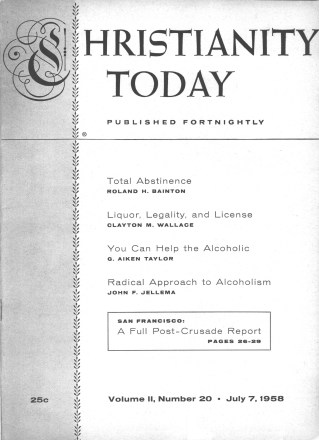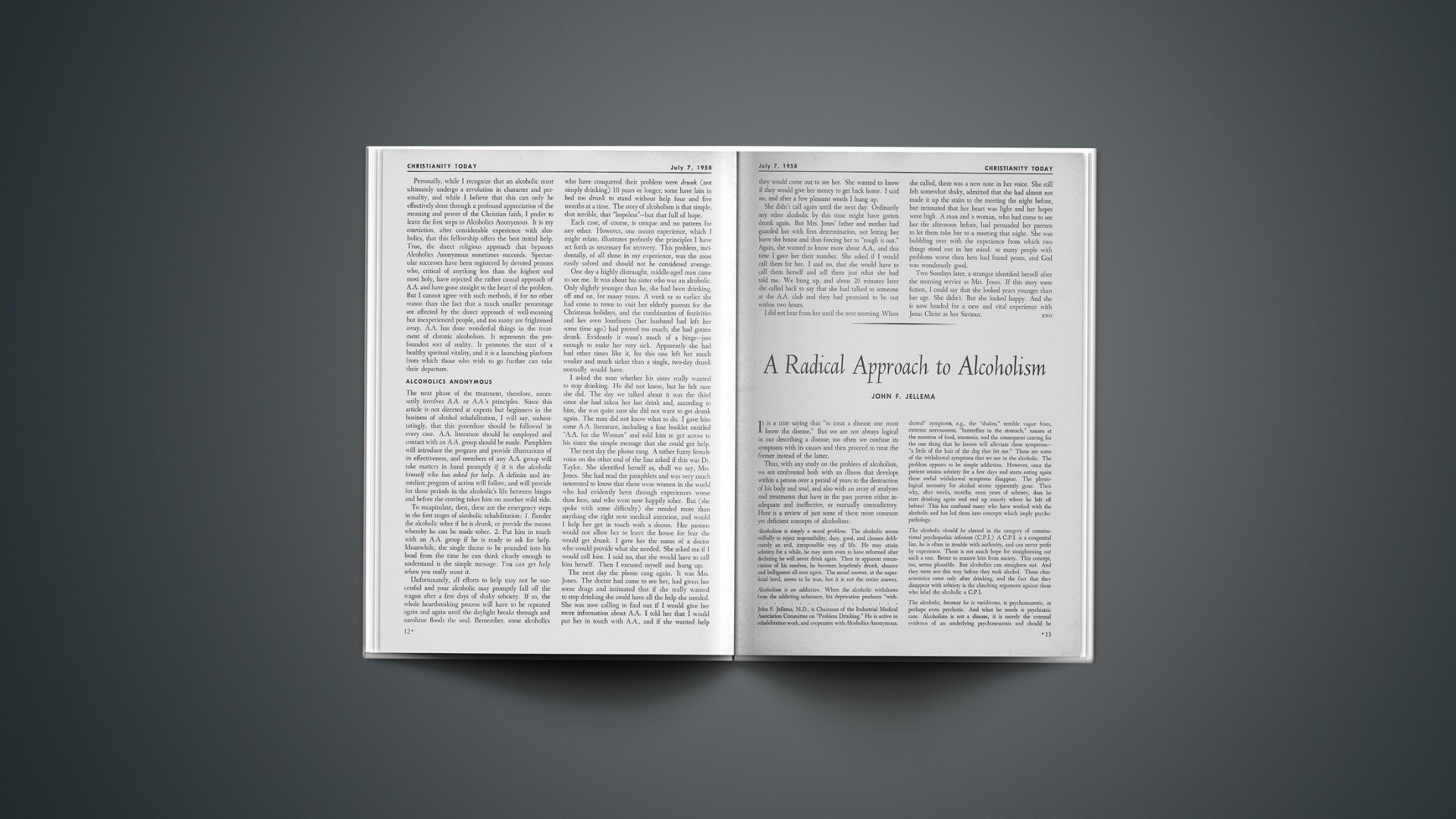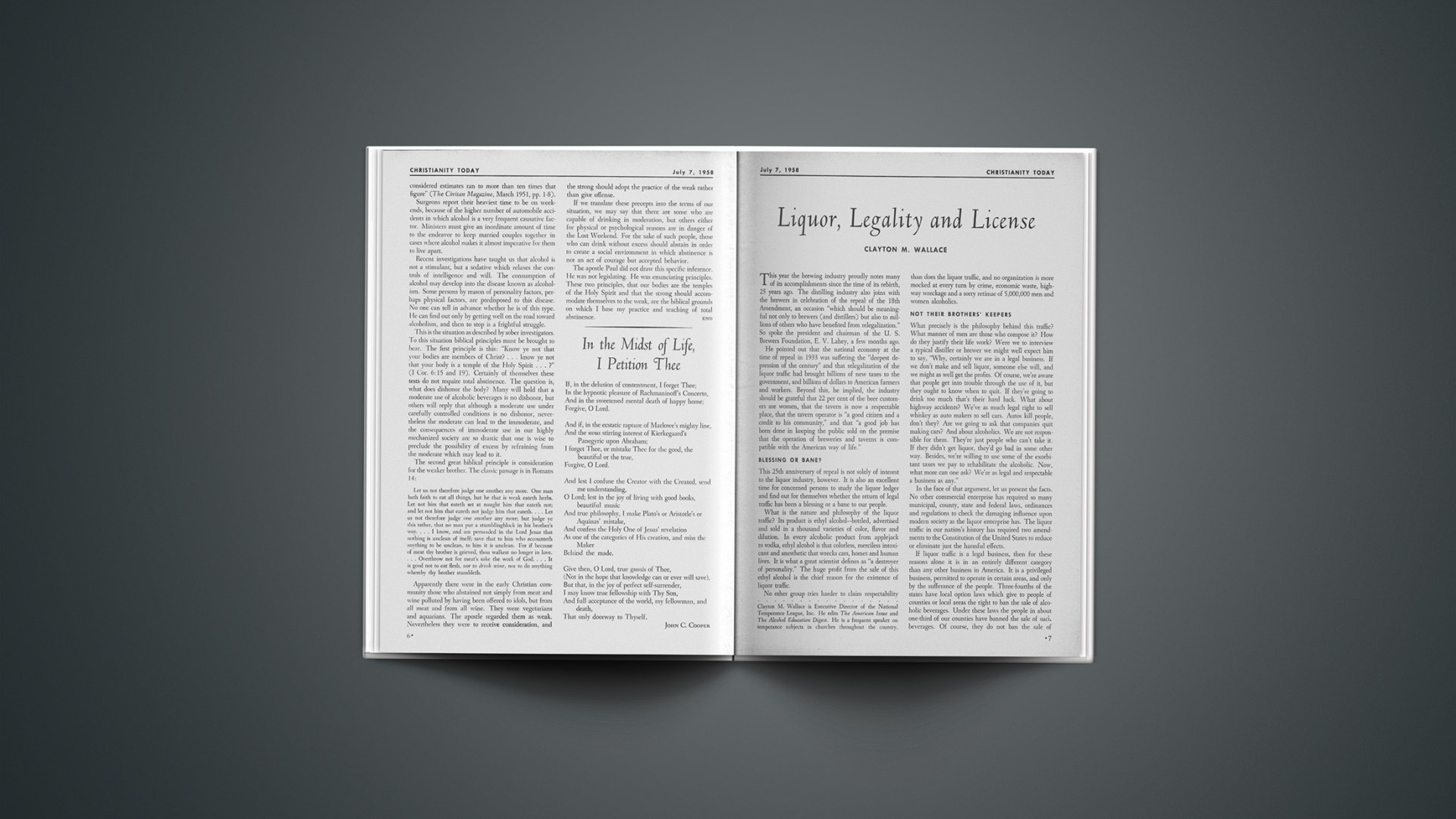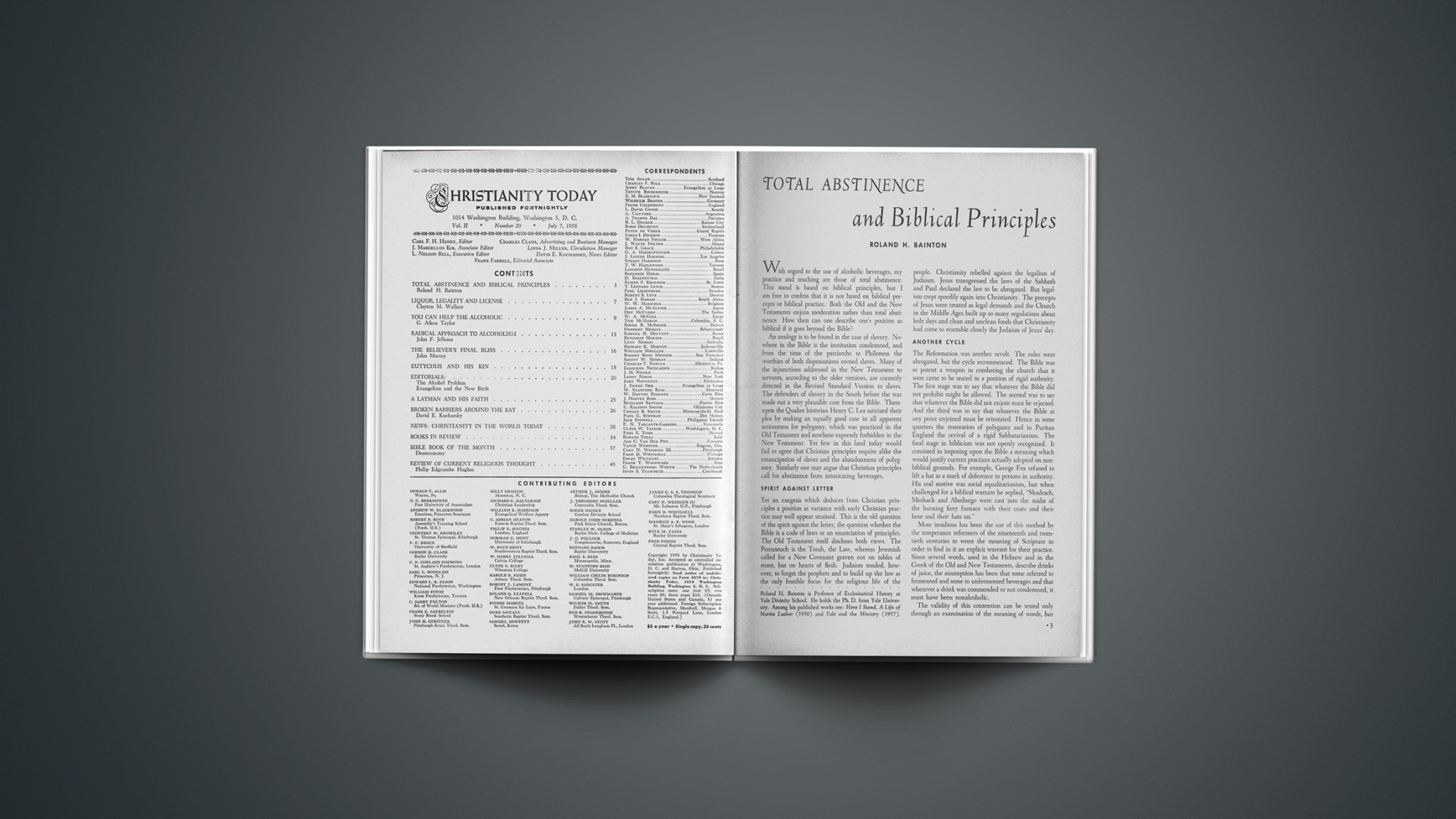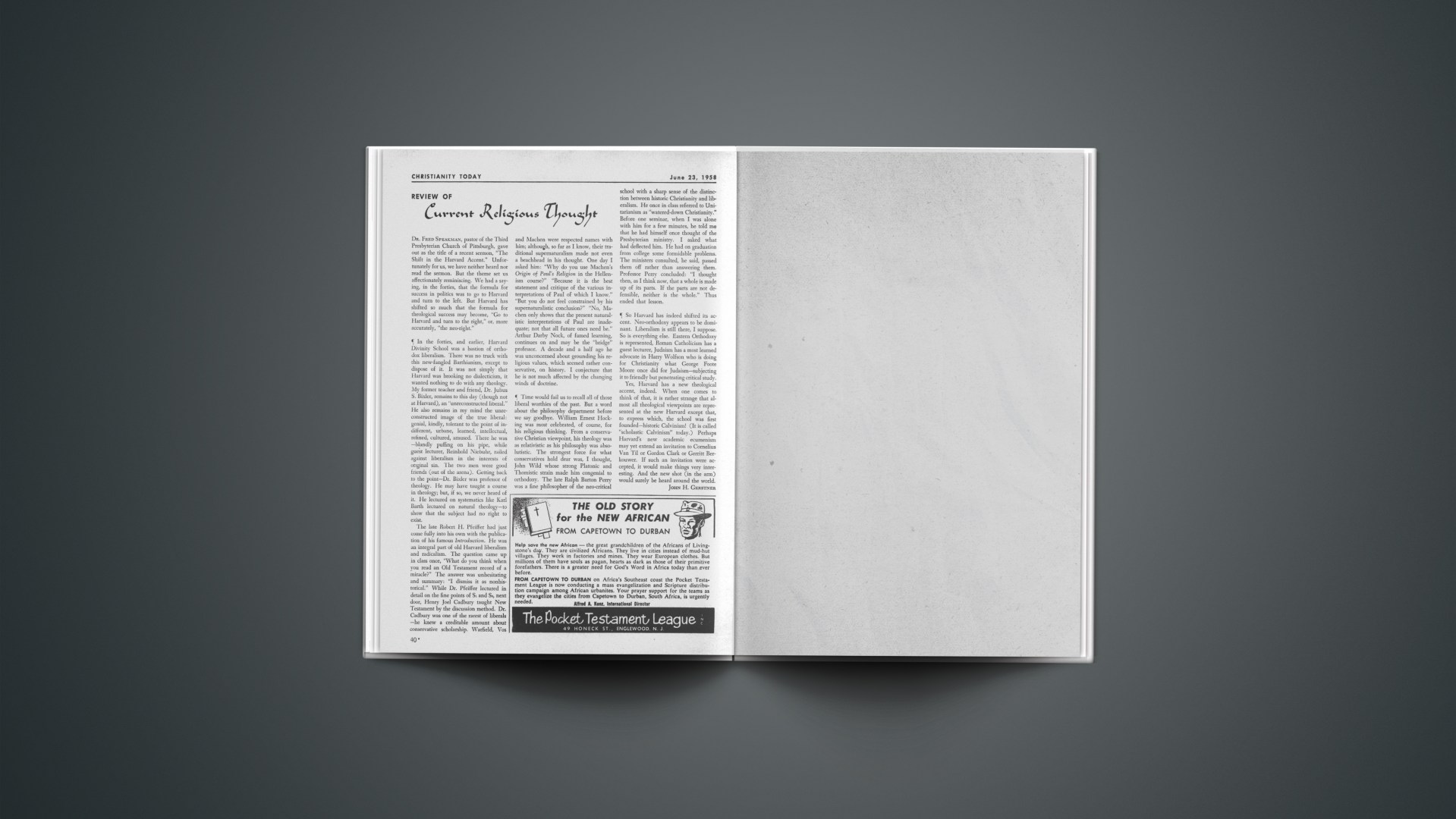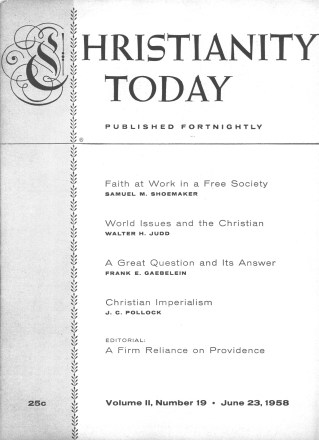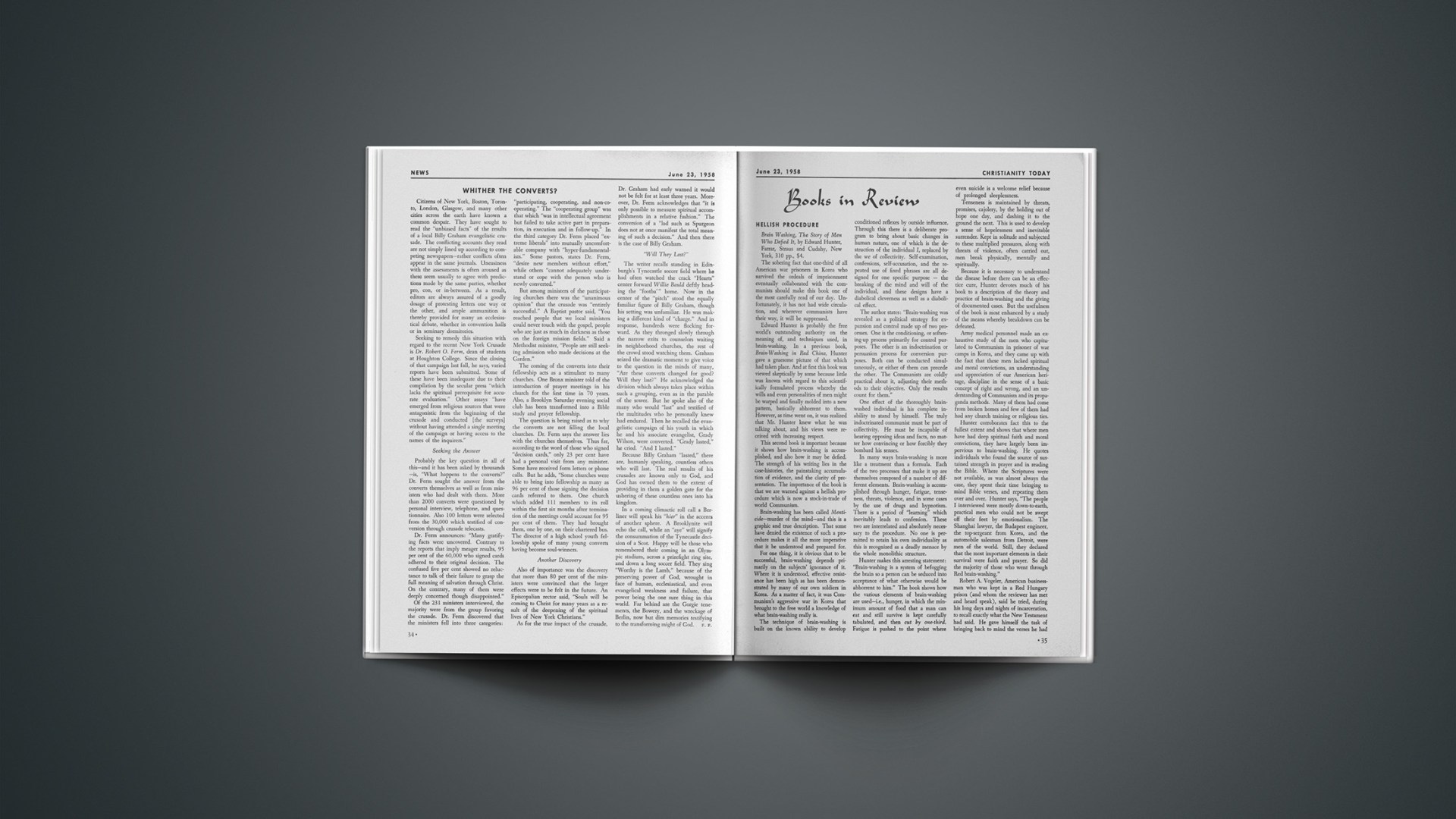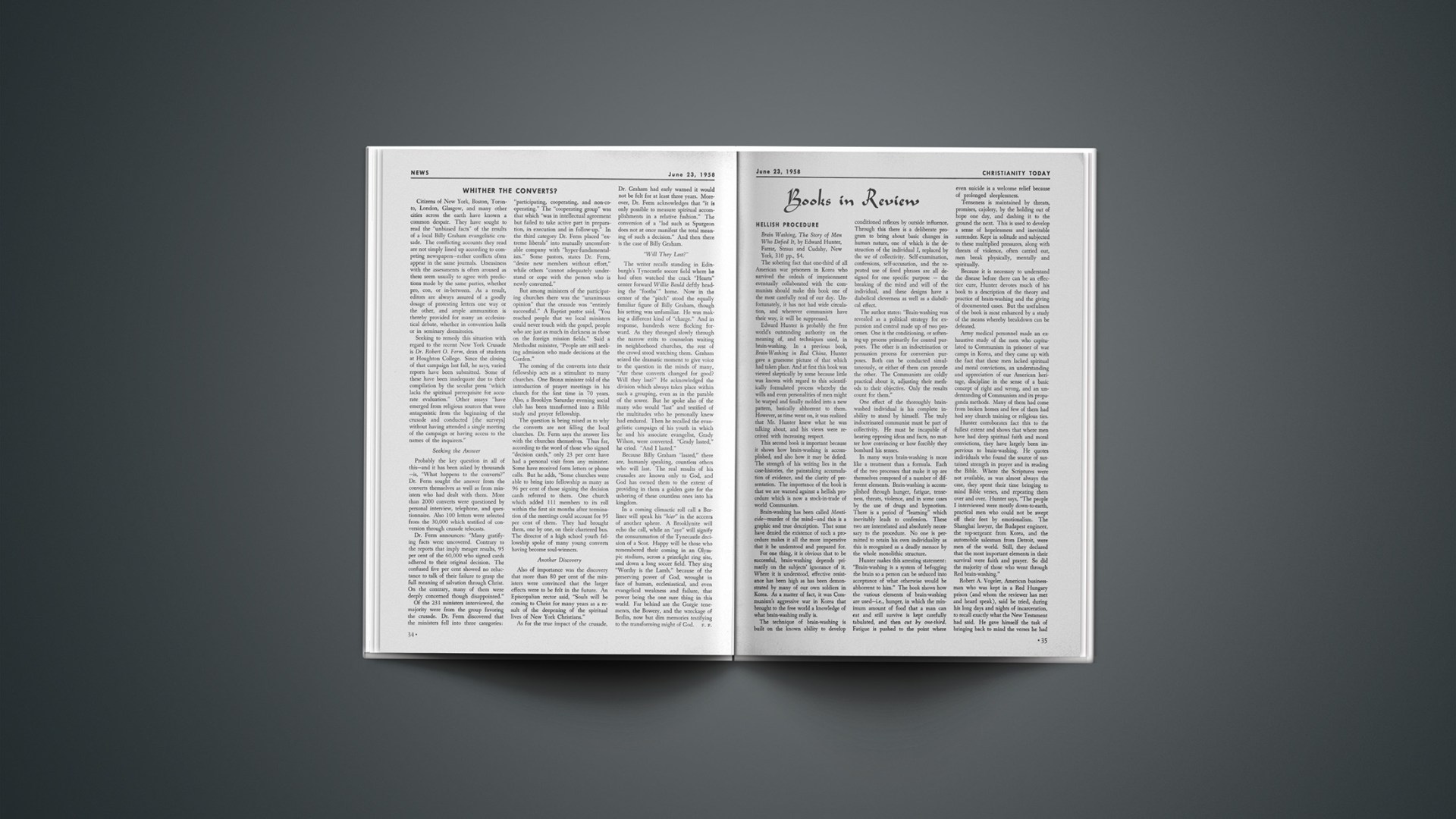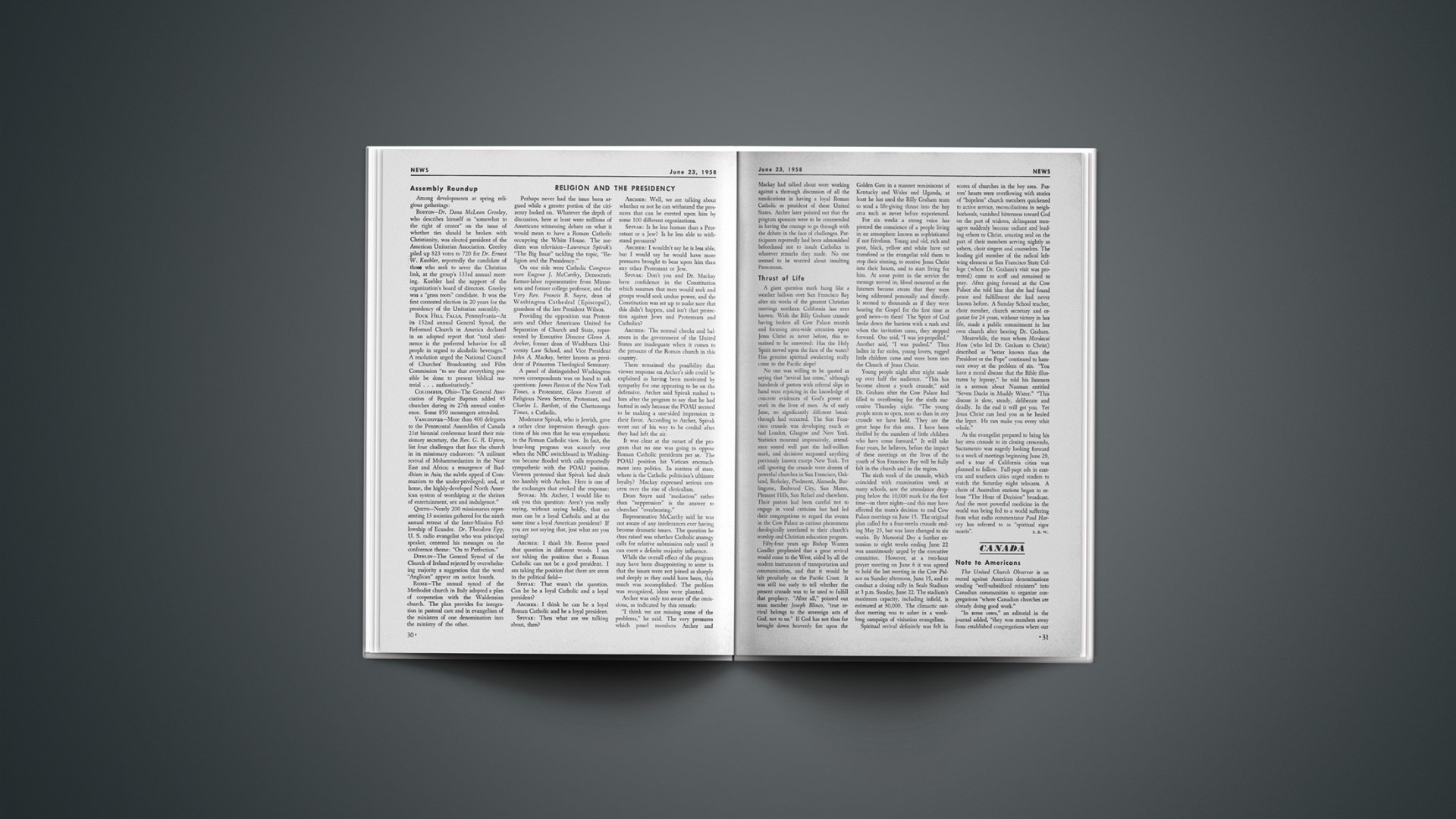The state of final bliss is not one of abstract immortality. In a great deal of non-Christian thought, there is a dualism which conceives of the human body as exercising a degrading influence over the human spirit and the state of bliss is thought to consist in the release of the spirit from the defiling influence associated with bodily existence. From the outset the Bible contradicts this dualism. “The Lord God formed man from the dust of the ground” (Gen. 2:7). Dignity belongs to the human body and man’s spirit was not imprisoned in it. God created man very good and man was body as well as spirit. The separation that takes place in death is not the debt of nature nor the inevitable outcome of man’s physical constitution but the wages of sin. Death is abnormal because it is the curse of sin.
When redemption is brought to bear upon man, it is brought to bear upon him in his totality. His body, no less than his spirit, is drawn within the scope of that redemption. The normal and the natural, disrupted by sin, is restored and the goal to be achieved in the consummation of redemption is not a blissful state of the soul’s immortality, but one in which death is swallowed up in victory; the corruptible puts on incorruption and the mortal immortality. This is why the Scripture lays such emphasis upon the resurrection of the body. Our Lord intimated that the resurrection was guaranteed by the fact that God is the God of his people and that he is not the God of the dead but of the living (Matt. 22:32). And Paul called the resurrection the redemption of the body and accorded it no lower a designation than “the adoption” (Rom. 8:23).
The Identity Of The Body
The resurrection of the body means resuscitation of what is laid in the tomb. Unbelief recoils from such a notion. But resurrection cannot be construed otherwise. The resurrection of believers is patterned after the resurrection of Christ, and it was the body which had been laid in Joseph’s tomb that rose on the third day. It was not a mere body that rose, but Jesus’ body. More properly, Jesus rose as to his body. Scripture takes pains to assure us that Jesus was buried. The angel said to the women on the day of the Resurrection, “Come see the place where he lay” and prefaced this by saying, “He is risen, as he said” (Matt. 28:6). We are not allowed to think that our Lord was disunited from his body when it was laid in the tomb. And the same is true with believers. They go to the grave in respect of their bodies and from their graves they will rise when the last trumpet sounds. There is therefore identity and continuity between the body that returns to dust and the body that will be raised incorruptible.
Resurrected Body
The body will indeed be raised “a Spiritual body”; a momentous change will have been wrought. But “a Spiritual body” is not a body made of spirit. That would be contradiction—a body made of spirit would, of course, be no body at all. “A Spiritual body” is a body that is immortal and incorruptible, not characterized by the mortality and infirmity of our present bodies, a body transformed by the resurrection and adapted to the world of the resurrection inaugurated by the resurrection of Christ as the firstfruits from the dead.
This is what Paul means when he says, “flesh and blood cannot inherit the kingdom of God” (1 Cor. 15:50). He is not denying the physical composition of the resurrection body but asserting that the resurrected bodily entity will not be subject to the frailty and corruptibility of the present age. The powers of the age to come will be operative without restraint in the resurrection—the body “is sown in corruption, it is raised in incorruption; it is sown in dishonour, it is raised in glory; it is sown in weakness, it is raised in power” (1 Cor. 15:42, 43).
It is resurrection, therefore, that constitutes and inaugurates the believer’s final bliss. A notion of consummated bliss bereft of resurrection hope has no affinity with the prospect which Christianity defines.
Christ is the first-begotten from the dead, the first-fruits of those who have fallen asleep. Christ’s own resurrection is the prototype. Even now believers are raised up with Christ in newness of life and mysteriously, though real, they are made to sit with him in the heavenlies (cf.Eph. 2:6; Col. 3:1–3). But believers are not yet glorified; it has not been manifested what they shall be. The logic of their relation to the resurrection of Christ and to the resurrected Lord is that in the manifestation of Christ’s glory will be the revelation of their glory. It is with Christ they will be glorified (Rom. 8:17). “When Christ who is our life will be manifested, then shall ye also be manifested with him in glory” (Col. 3:4). How beggarly is any concept of final bliss that does not make the glory of Christ pre-eminent and paramount! And how impoverished is the outlook that can tolerate the thought of bliss apart from the exaltation of Christ in the resplendent glory of his future manifestation! The pole star of the believer’s expectation is “the appearing of the glory of the great God and our Saviour Christ Jesus.” And, necessarily, this is “the blessed hope” (Tit. 2:13).
Glorification with Christ and the bliss it entails for the people of God must not be isolated from the broader context of a renewed and reconstituted cosmos. “The creation itself will be delivered from the bondage of corruption into the liberty of the glory of the children of God” (Rom. 8:21). It is not simply the human race that suffered the curse incident to sin. The ground was cursed for man’s sake and the creation was subjected to vanity. The crown of God’s creation fell from original integrity, and curse, bondage, and corruption for the created order followed in the wake of man’s apostasy. His environment bespeaks the curse of sin. When redemption repairs man’s ruin it must likewise work its renovating effects in the whole creation. And with the consummation of redemption this restitution will be as complete in its own sphere as man’s redemption will be in his. Nothing less could be implied in “the liberty of the glory of the children of God.”
Renewed Creation
In the restitution of creation, the transformation will be as radical as are the changes embraced in the redemption of men. The regeneration of man requires a new creation, old things must pass away and all things become new (cf.2 Cor. 5:17; Gal. 6:15). In the realm of cosmic renewal there must likewise be a new heavens and a new earth. And the process which effects this change is as convulsive and cataclysmic as that “the heavens shall pass away with a crash and the elements being burned up shall be dissolved, and the earth and the works that are in it shall be disclosed” (2 Pet. 3:10). The present heavens and earth are treasured up for fire; they will perish and will be folded up as a vesture (2 Pet. 3:7; Heb. 1:10–12). And the renewed creation will be a new heavens and a new earth emancipated from every trace of the curse and corruption of sin and pervaded by righteousness (2 Pet. 3:13).
The continuity which is exemplified in other phases of redemption must be appreciated here also. Sometimes the thought of Christians has been that the present heavens and earth will be annihilated. It is easy to understand how this idea came to be entertained. Of the heavens and the earth, we read: “They shall perish but thou remainest; and they all shall wax old as a garment, and as a vesture shalt thou fold them up” (Heb. 1:11, 12). And again: “The heavens shall pass away with a crash” (2 Pet. 3:10). But we should not identify “perishing” with annihilation. The same term is used of the old world when “being overflowed with water it perished” (2 Pet. 3:6). Yet it was not annihilated. Furthermore, the deliverance of creation from the bondage of corruption into the liberty of the glory of the children of God does not accord with the idea of annihilation.
The Image Of Christ
Whatever may be the precise character of the process by which the present heavens and earth will give place to the new heavens and new earth, it would be waiving the biblical representations to suppose that the latter would have no material constitution. We may not forget that the body of Christ’s glory is a physical body. And the glorified body of believers will be transformed into the likeness of the body of Christ’s glory (Phil. 3:21). The final bliss of believers is that of resurrection glory. And to think of the eternal state apart from the bodily and physical is to etherealize immortality after the pattern of pagan thought. It is to paganize the Christian hope. The disposition to etherealize the new heavens and the new earth is symptomatic of the same direction of thought. We truly know but little of the consummated order. But we are given sufficient data to know that the heaven of final bliss is one that will bring to perfect fruition all the demands of the psychosomatic nature with which God created man at the beginning and in which he will reconstitute him after the image of the glorified Redeemer.
Glory Of The Lord
And we are assured that the eternal habitation of the redeemed is one suited to the psychosomatic integrity which finds its exemplar and prototype in the glorified human nature of the Lord of glory. Man’s whole being will be full to capacity because the new heavens and the new earth will be constituted in righteousness and nothing will inhibit the manifestation to them nor mar the enjoyment by them of the glory of the Lord. The glory resplendent of the triune God will be there, and the tabernacle of God will be with men and he will dwell with them (Rev. 21:3).
John Murray is Professor of Systematic Theology at Westminster Theological Seminary, Philadelphia. He holds the M.A. and Th.M. degrees. His published works include Christian Baptism, Divorce, and Principles of Conduct.


